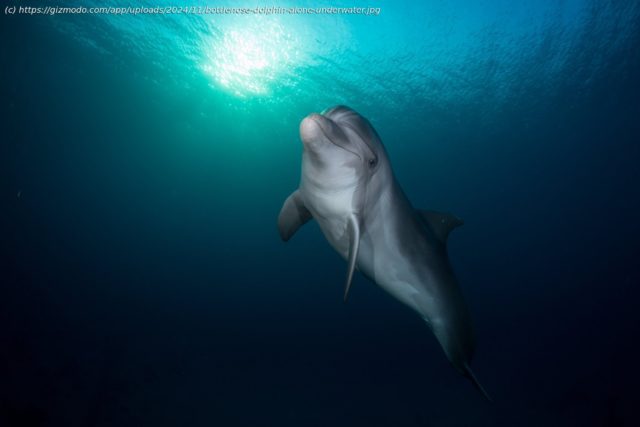A new AI model produced by computer scientists in collaboration with dolphin researchers could open the door to two-way animal communication.
In a collaboration that sounds straight out of sci-fi but is very much grounded in decades of ocean science, Google has teamed up with marine biologists and AI researchers to build a large language model designed not to chat with humans, but with dolphins.
The model is DolphinGemma, a cutting-edge LLM trained to recognize, predict, and eventually generate dolphin vocalizations, in an effort to not only crack the code on how the cetaceans communicate with each other—but also how we might be able to communicate with them ourselves. Developed in partnership with the Wild Dolphin Project (WDP) and researchers at Georgia Tech, the model represents the latest milestone in a quest that’s been swimming along for more than 40 years.
Since 1985, WDP has run the world’s longest underwater study of dolphins. The project investigates a group of wild Atlantic spotted dolphins (S. frontalis) in the Bahamas. Over the decades, the team has non-invasively collected underwater audio and video data that is associated with individual dolphins in the pod, detailing aspects of the animals’ relationships and life histories.
The project has yielded an extraordinary dataset—one packed with 41 years of sound-behavior pairings like courtship buzzes, aggressive squawks used in cetacean altercations, and “signature whistles” that act as dolphin name tags.
This trove of labeled vocalizations gave Google researchers what they needed to train an AI model designed to do for dolphin sounds what ChatGPT does for words. Thus, DolphinGemma was born: a roughly 400-million parameter model built on the same research that powers Google’s Gemini models.






